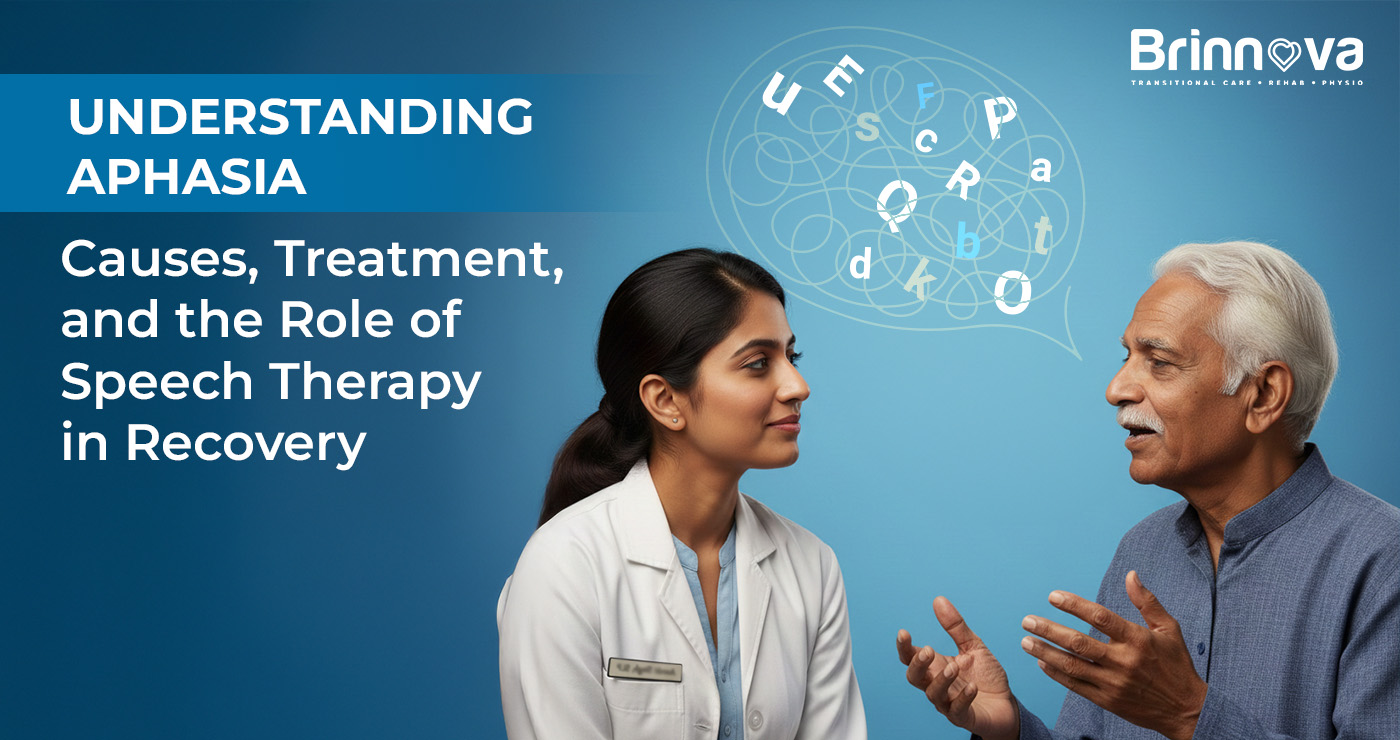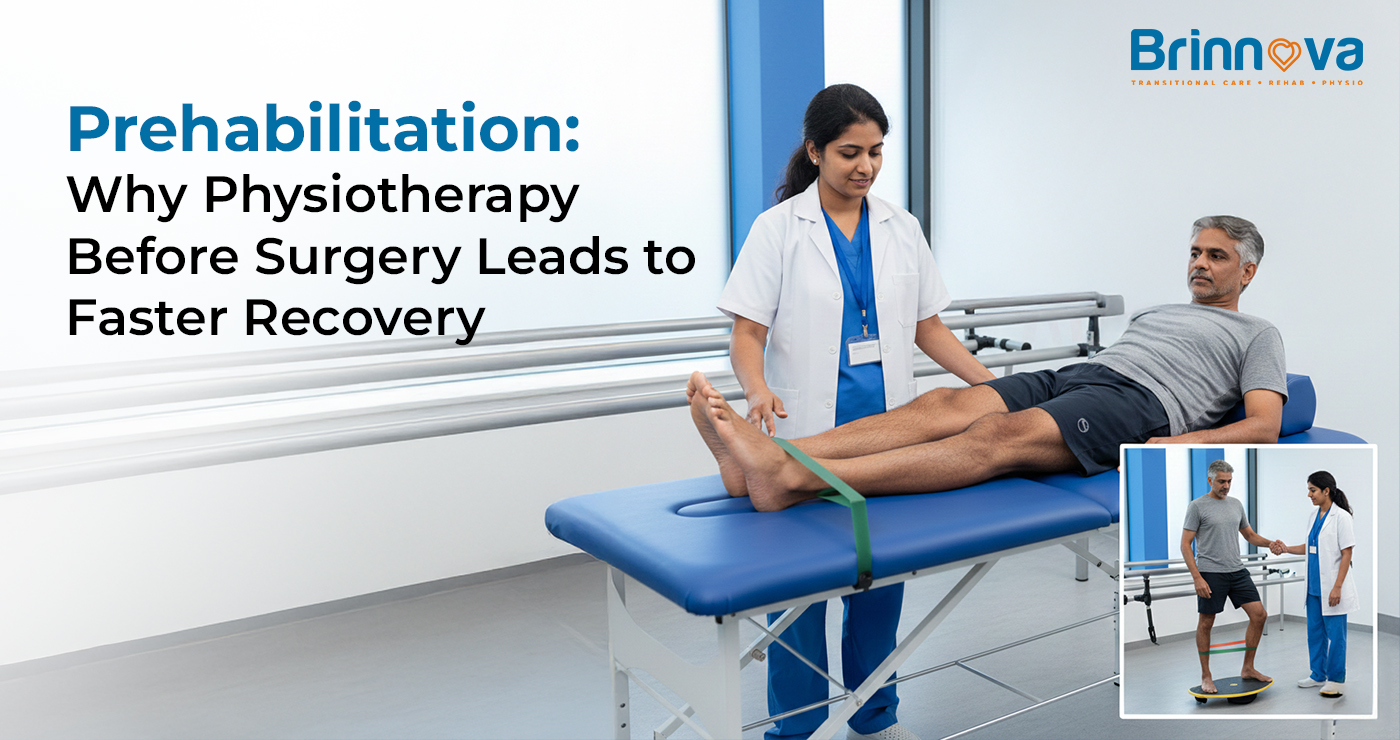Cervicogenic Headache: Causes, Symptoms & How Physiotherapy Can Help
Cervicogenic headache is a secondary headache disorder resulting from neck dysfunction or irritation. The pain originates in the cervical spine as compared to migraine or tension headaches, which are usually at the upper joints, discs, muscles, or nerves. Although it is usually misdiagnosed or misinterpreted, the cause of a cervicogenic headache needs to be discovered to succeed in treating it. Physiotherapy is among the most non-invasive methods that could be used to overcome the causes of CGH and minimise the occurrence of symptoms and their severity.
What are the Usual Cervicogenic Headache Causes?
A CGH may be a consequence of anatomical or mechanical issues of the neck. It is not a primary headache disorder but is a secondary disorder in which it originates in the cervical spine and refers to pain in the head.
Cervicogenic headache causes are:
- Joint projection (C1-C3) Dysfunction, The upper cervical joints project their superior joints and have been referred to as the nuts and bolts of the upper cervical in the past.
- Bad posture in a long term (usually in front of a screen or during desk work)
- Injuries to the neck, eg. whiplash injury or trauma
- Degenerative disc disease/arthritis
- Tightness or imbalance of the muscles in the neck and shoulders
Such problems aggravate upper cervical nerves, causing referred pains at the back of the head, the forehead or even the back of the eyes.
Which Are the Major Symptoms To Be Alerted To?
The cervicogenic headache symptoms differ in many ways from other types of headache, associated with the fact that they are strongly connected to the movement and positioning of the neck.
Characteristic symptoms are:
- Constant, unilateral headache with the onset in the neck
- Severe symptoms such as pain increasing when one moves the neck, or maintains a bad posture.
- Limited mobility of the neck
- Radiating pain in the upper arm and shoulder pain
- Painful spot in the upper part of the neck or the bottom of the skull
Headaches and sensitivity of the neck muscles caused by cervicogenic headache, sleeping postures or other activities of a daily routine are also experienced by many people. These patterns are important on the road to a diagnosis and treatment.
How is Cervicogenic Headache Different From a Migraine?
Cervicogenic headaches come in the way to migraine because these headaches share some characteristics. Nevertheless, defining characteristics assist to differentiate them.
1. Origin:
- CGH has its causes in the structures of the neck.
- The cause of migraine has initial effects on the brain and includes neurovascular transformations.
2. Pain Location:
- This category of cervicogenic headache usually brings about one-sided headache that starts in the neck and extends towards the front of the head.
- The pain that is accompanied by migraine may be experienced on one or both sides and normally begins in the head.
3. Triggers:
- A cervicogenic headache is usually provoked by neck movement or bad posture.
- The causes of migraine are hormonal changes, stress, food, bright lights, or strong odours.
4. Accompanying Symptoms:
- Cervicogenic headache can be accompanied by neck rigidity and neck motion restriction.
- Nausea, visual aura and light or sound sensitivity may be accompanied by migraine.
5. Treatment Response:
- Cervicogenic headache symptoms are usually alleviated by physiotherapy and adjustment of posture.
- Migraine usually needs a series of special medications, including triptans or preventive medications.
It is crucial to recognise such distinctions so that adequate treatment can be undertaken and no unnecessary migraine medication need to be utilised. The knowledge of such differences allows addressing cervicogenic headaches more adequately and does not lead to excessive medication and migraine-specific drugs.
What is the Role of Physiotherapy in Cervicogenic Headaches?
Physiotherapy is not only a proven method to solve the cause of the cervicogenic headaches and its symptoms permanently. Physiotherapy would not be used to cover the pain and instead it helps in enhancing the functions, movement and the posture.
Physiotherapy may assist in:
- Rehabilitation of Smoothness in the Joints: Manual therapy and cervical spine mobilisation reduce stiffness and joint pains.
- Decreasing Muscle Tension: Trigger point therapy and soft tissue work help in order to relieve stiff muscles, which are a factor in generating cervicogenic headache symptoms.
- Adding Stronger Muscles: Plugging up loose ends, such as asymmetries in deep neck flexors and stabilisers in the scapula, makes future demands less stressful.
- Posture: Ergonomic counselling and active retraining assist the patient in correcting his or her habits to prevent repetitive strain.
- Prevention of Stress: Practices that lower the sensitivity of the nervous system and stress are helpful in long-term relief.
A personalised physiotherapy protocol will be necessary to have sustained relief, particularly when other changes to lifestyle activities can be undertaken.
Which are the Best Exercises and Postural Tips?
Cervicogenic headache exercises are used to reduce pain, neck strength, and stability. The exercises are preferably done under the guidance of a physiotherapist to prevent strain.
1. Good exercises are:
- Chin Tucks: It boosts alignment and fortifies the fine neck masticators.
- Neck Isometrics: Strength building of the neck without movement.
- Scapular Setting: It promotes a good shoulder and neck posture.
- Stretches of the upper Trapezius and Levator Scapulae: Decreased tightness of the muscles.
- Thoracic Spine Movement Exercises: Develops coordination of the upper back and the neck.
2. Postural Tips:
- Screens should be at eye level in order to minimise the forward head posture.
- Try to sit with support on the back.
- Put in a cervical pillow which supports the natural curvature of the neck.
- Do not sleep on the stomach, which is the worst sleeping position in case of cervicogenic headache, the best position is to sleep on the back or the side with sufficient support to the neck.
A set of posture training together with cervicogenic headache exercises is a major factor that decreases the flares and discomfort.
When Should You Visit a Physiotherapist?
When you experience sustained unilateral headaches, and further, all the troublesome habits like movement of the neck or sitting long at a desk trigger the headache, then the need for physiotherapy arises. There is a need to get help when:
- The pain is not being cured by the common ways and drugs used to treat it.
- You observe limited movement of your neck.
- The poor posture or sleeping positions aggravate headaches.
- Whiplash neck soreness has been followed by symptoms.
- You want long-term relief, which is not dependent on medication.
You can use the help of a physiotherapist in carrying out certain examinations and developing a unique approach to the cervicogenic headache treatment that can be adhered to in your lifestyle and preferences.
Brinnova Care: The Best Physiotherapy Clinic in Hyderabad
Having a cervicogenic headache can be irritating, which becomes worse when the pain prevents a person from working, sleeping, and having a normal life. But using proper methodology, specifically effective physiotherapy, permanent relief is achievable. You can stop the continuous cycle of recurrence of the pain by treating the cause and the symptoms of the cervicogenic headache.
The Brinnova Care has specialised in assisting individuals in restoring comfort and functionality by delivering high-quality physiotherapy. We have an empathic, evidence-based and personalised approach regardless of whether you are experiencing postural strains, whiplash rehabilitation or chronic headaches. When you are willing to learn about effective and drug-free cervicogenic headache treatment, our specialists are at your service.




